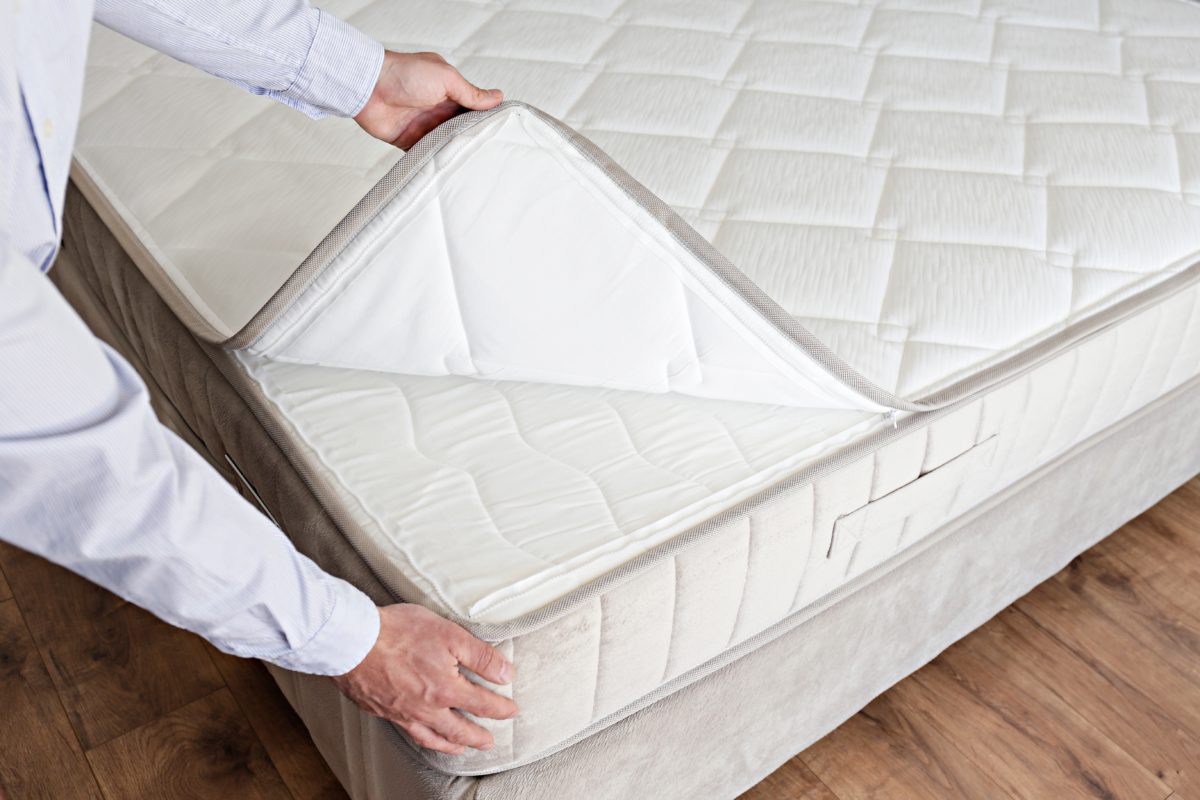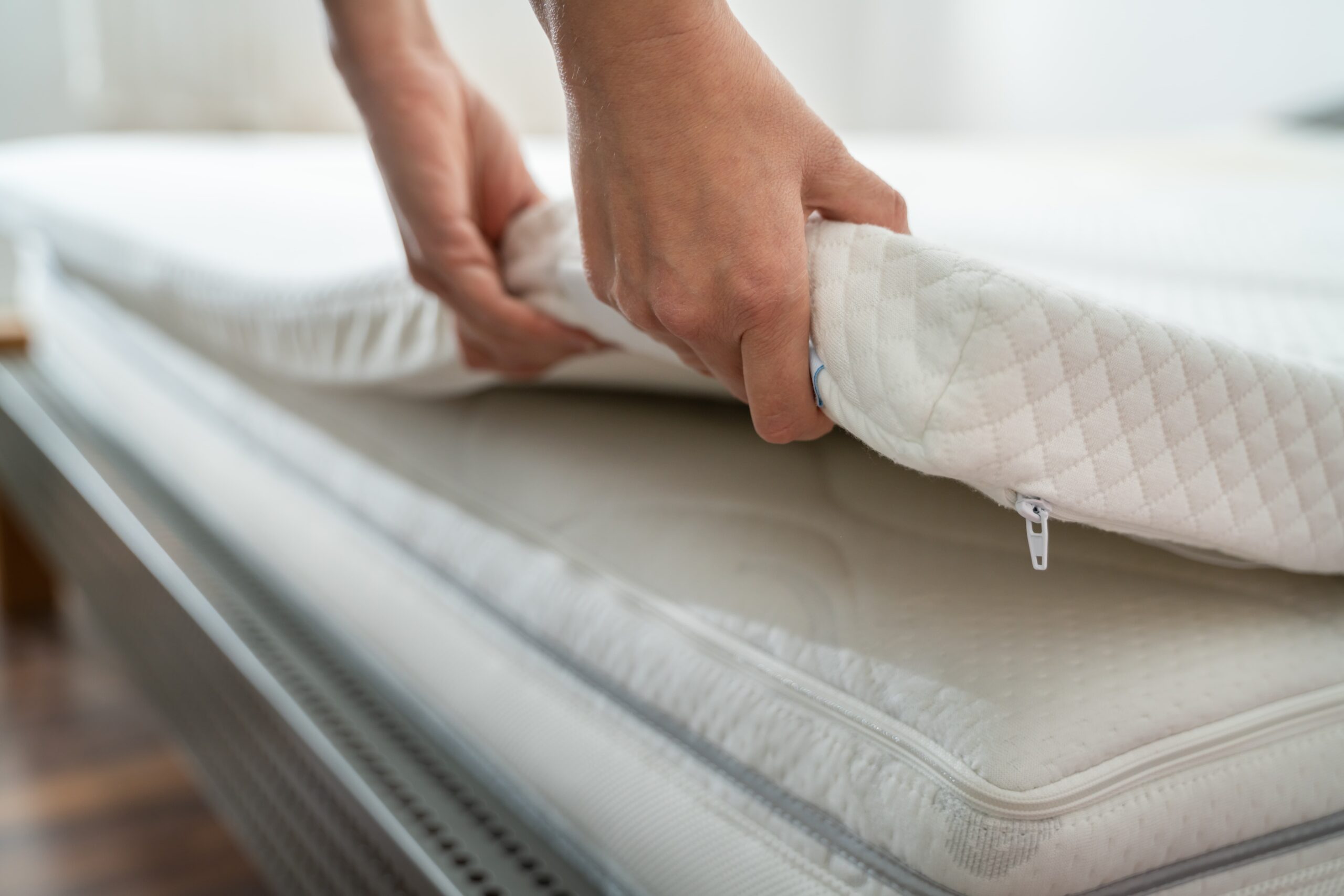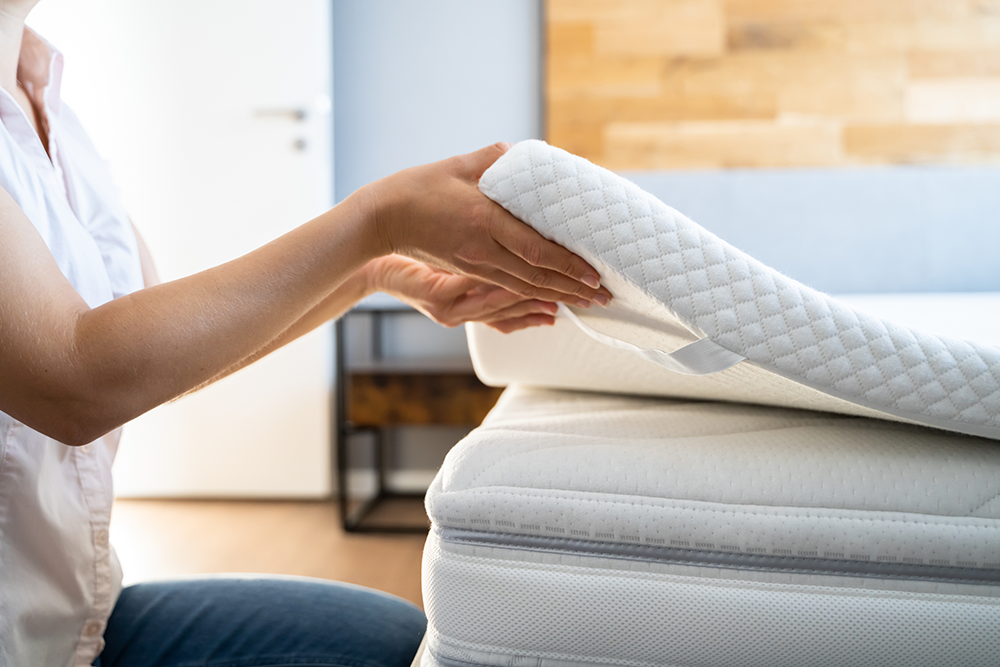In the endless pursuit of the perfect night’s sleep, many turn to various sleep aids and gadgets, hoping to find the key to restful slumber. Among these, the mattress topper emerges as a beacon of hope, promising to enhance comfort and support without the need for a complete bedding overhaul. But the question remains: does it truly make a significant difference? This blog post aims to shed light on the subject, offering a comprehensive exploration of mattress toppers, their benefits, varieties, and guidance on selecting the ideal one to transform your sleep experience.
What is a Mattress Topper?
A mattress topper is a supplementary layer designed to rest atop your existing mattress, providing the opportunity to customize the comfort and support level of your bed without a hefty investment. It serves as an accessible solution for those seeking to improve their sleep quality or address specific needs, such as alleviating pressure points or reviving an aging mattress. Available in a range of materials, thicknesses, and firmness levels, toppers cater to a wide array of preferences and sleeping styles, making them a versatile choice for enhancing sleep.
Benefits of Using a Mattress Topper
Incorporating a topper into your bedding ensemble can revolutionize your sleep experience. It not only adds an extra layer of comfort, easing pressure points and minimizing nighttime disruptions but also breathes new life into older mattresses, providing a cost-effective alternative to purchasing a new one. Beyond comfort and longevity, toppers also offer a protective barrier for your mattress, shielding it from spills, stains, and general wear and tear, thereby preserving its condition and extending its lifespan.
Factors to Consider When Choosing a Mattress Topper

The journey to finding the perfect topper is nuanced, requiring careful consideration of several key factors. The primary purpose of the topper—be it enhancing softness, support, or both—should guide your decision. Matching the topper size to your mattress ensures a seamless fit, while your personal sleeping position and body weight influence the necessary thickness and firmness to achieve optimal comfort and support. Additionally, consider the topper’s material and its compatibility with your sleep preferences and any allergies or sensitivities.
Different Types of Mattress Toppers
The market offers a plethora of topper types, each with unique characteristics suited to different needs. Memory foam toppers excel in providing pressure relief, and molding to the body for a personalized sleep surface. Latex toppers, on the other hand, offer a bouncier, more supportive feel, making them ideal for those in search of resilience and durability. Feather and down toppers add a luxurious, plush softness to the bed, while wool toppers stand out for their natural temperature-regulating properties, ensuring comfort across seasons. Each material brings its own set of benefits, catering to a diverse range of sleeping preferences and requirements.
How to Choose the Right Thickness
The thickness of a mattress topper can greatly influence its feel and effectiveness. Toppers typically range from two to four inches thick. A thicker topper will provide a more pronounced change in comfort and support, ideal for significantly altering the feel of an existing bedding or for heavier individuals who require more cushioning to alleviate pressure points. Conversely, a thinner topper might suffice for those simply seeking a slight adjustment to their sleeping surface or for lighter individuals. Consider the current state of your mattress and your personal comfort preferences when deciding on the thickness of your topper.
Importance of Material in a Mattress Topper
The material composition of a mattress topper is pivotal in determining its overall feel, support, durability, and even temperature regulation. Memory foam is renowned for its contouring properties, offering personalized support by adapting to the body’s shape, but it can retain heat. Latex, whether natural or synthetic, provides a cooler sleep with its breathable properties and offers a firmer, more responsive surface. Down and feather toppers add a layer of softness and luxury but may not offer the support some sleepers need. Meanwhile, wool toppers excel in temperature regulation, keeping sleepers warm in winter and cool in summer, and are naturally hypoallergenic.
Understanding Firmness Levels

Firmness is a critical aspect to consider when selecting a mattress topper, as it directly impacts comfort and spinal alignment. Toppers range from soft to extra firm, catering to various preferences and needs. Soft toppers are ideal for side sleepers and individuals with joint pain, as they allow for significant contouring. Medium firmness provides a balance of support and comfort, suitable for most sleepers, including those who sleep on their back. Firm toppers are best for stomach sleepers or those who require extra support to maintain proper alignment. Assessing your sleeping position and any specific needs will help you choose the appropriate firmness level.
Tips for Maintaining Your Mattress Topper
To ensure your mattress topper remains in optimal condition, regular maintenance is essential. Use a protective cover to shield it from spills and stains, and vacuum it periodically to remove dust and allergens. Follow the manufacturer’s instructions for washing and drying, as care requirements vary by material. Rotating and flipping the topper can also help prevent uneven wear and extend its lifespan. Proper care not only maintains the topper’s quality but also contributes to a healthier sleep environment.
Frequently Asked Questions About Mattress Toppers
Q: Can a mattress topper replace a new mattress?
A: While a topper can enhance the comfort of an old or unsuitable mattress, it cannot replace the benefits of a new bedding if your current one is significantly deteriorated or unsupportive.
Q: How do I know when it’s time to replace my mattress topper?
A: Signs that it’s time for a new topper include noticeable sagging, lumps, or a decrease in comfort and support.
Q: Can I use a mattress topper on any type of mattress?
A: Yes, toppers are versatile and can be used on various bedding types, including innerspring, foam, and latex, to improve comfort and support.

Conclusion
A mattress topper can indeed make a significant difference in your sleep quality, offering a cost-effective way to enhance comfort and extend the life of your bedding. By understanding the different types, materials, and firmness levels available, you can select a topper that meets your specific needs and preferences. Remember, the right topper can transform your sleeping experience, but it’s also important to maintain it properly for lasting benefits. With the right selection and care, a mattress topper can be a valuable addition to your sleep setup, providing the comfort and support needed for a restful night’s sleep.




